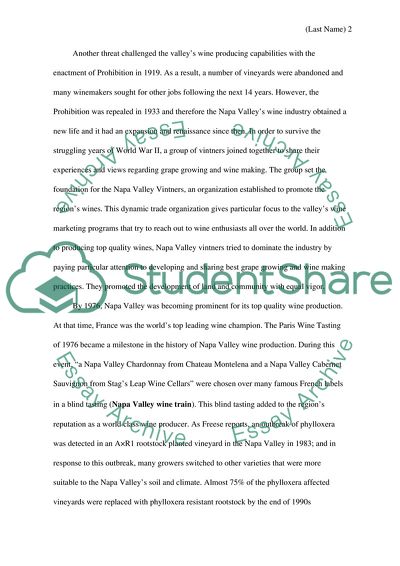Cite this document
(Napa Valley Wine Producing Region Report Example | Topics and Well Written Essays - 1250 words, n.d.)
Napa Valley Wine Producing Region Report Example | Topics and Well Written Essays - 1250 words. https://studentshare.org/agriculture/1798235-talk-about-the-napa-valley-wine-producing-region
Napa Valley Wine Producing Region Report Example | Topics and Well Written Essays - 1250 words. https://studentshare.org/agriculture/1798235-talk-about-the-napa-valley-wine-producing-region
(Napa Valley Wine Producing Region Report Example | Topics and Well Written Essays - 1250 Words)
Napa Valley Wine Producing Region Report Example | Topics and Well Written Essays - 1250 Words. https://studentshare.org/agriculture/1798235-talk-about-the-napa-valley-wine-producing-region.
Napa Valley Wine Producing Region Report Example | Topics and Well Written Essays - 1250 Words. https://studentshare.org/agriculture/1798235-talk-about-the-napa-valley-wine-producing-region.
“Napa Valley Wine Producing Region Report Example | Topics and Well Written Essays - 1250 Words”. https://studentshare.org/agriculture/1798235-talk-about-the-napa-valley-wine-producing-region.


